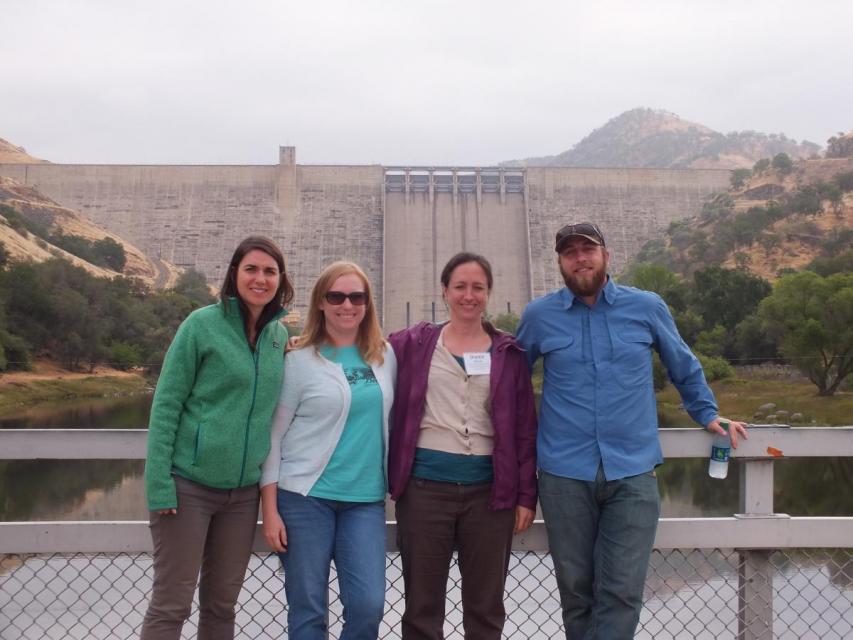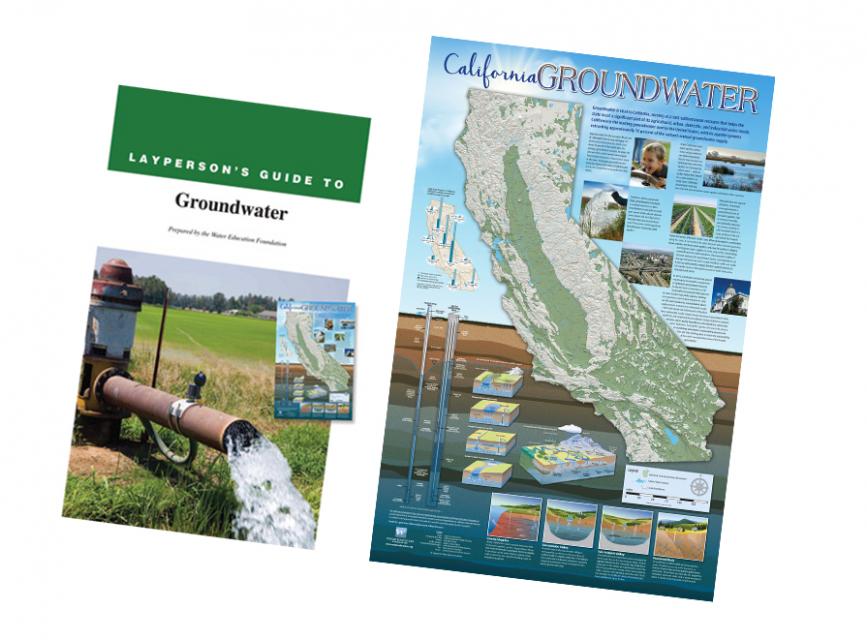Imported Water Built Southern California; Now Santa Monica Aims To Wean Itself Off That Supply
Dear Western Water readers:
 Imported water from the Sierra
Nevada and the Colorado River built Southern California. Yet as
drought, climate change and environmental concerns render those
supplies increasingly at risk, the Southland’s cities have worked
increasingly to develop local sources so they can rely less on
imported water.
Imported water from the Sierra
Nevada and the Colorado River built Southern California. Yet as
drought, climate change and environmental concerns render those
supplies increasingly at risk, the Southland’s cities have worked
increasingly to develop local sources so they can rely less on
imported water.
Far and away the most ambitious goal has been set by the city of Santa Monica, which in 2014 embarked on a course to be virtually water independent through local sources by 2023. In the 1990s, Santa Monica was completely dependent on imported water. Now, it derives more than 70 percent of its water locally.
Writer Gary Pitzer looks at the variety of measures — both large and small — that Santa Monica is pursuing to achieve its water independence, and examines what’s driving the city’s efforts. Read the full story here.
SIDEBAR: Southern California Water Providers Think Local in Seeking to Expand Supplies
 Although Santa Monica may be the
most aggressive Southern California water provider to wean itself
from imported supplies, it is hardly the only one looking to
remake its water portfolio. Los Angeles and San Diego are
among agencies in Southern California pursuing more diverse water
portfolios so they too can be less reliant on water imports from
Northern California and the Colorado River. Writer Gary
Pitzer highlights their efforts to develop more local water
resources in a companion story. Read
the companion story here.
Although Santa Monica may be the
most aggressive Southern California water provider to wean itself
from imported supplies, it is hardly the only one looking to
remake its water portfolio. Los Angeles and San Diego are
among agencies in Southern California pursuing more diverse water
portfolios so they too can be less reliant on water imports from
Northern California and the Colorado River. Writer Gary
Pitzer highlights their efforts to develop more local water
resources in a companion story. Read
the companion story here.
Water Around the West
Here are five don’t-miss articles from the last week:
Farming water: Two ranches set out to see if agriculture and conservation can co-exist facing a water-scarce future. Margiana Petersen-Rockney, writing in Grist, examines two different efforts — only one successful — at a collaboration between ranchers and conservationists in Northern California.
California Touts Desalination, but Take It With a Grain of Salt. Bloomberg Environment’s Emily C. Dooley writes about how California may talk up desalination as potential solution to the state’s water needs, but making it a reality is far from easy.
Fish in the Fields: Pilot program found to reduce methane emissions in rice fields. Jake Abbott, writing in the Marysville Appeal-Democrat, reports on a pilot program that finds by adding fish to flooded, decomposing rice fields, the volume of methane — a greenhouse gas — produced by decomposition is reduced by nearly two thirds.
Facing cutbacks on the Colorado River, Arizona farmers look to groundwater to stay in business. Ian James, writing in The Arizona Republic, takes a look at how, with cuts coming in water from the drought-gripped Colorado River, the demands of agriculture are starting to collide like never before with water scarcity and climate change in the Southwest.
What happens when the next big wildfire hits? CalMatters’ Judy Lin examines the preparations California is now making to get ready for the next wildfire season, and whether that will be enough to withstand more severe wildfire seasons like last year’s.
Water Word
 Water Word of the Day: Urban
Conservation. Despite droughts, the recession
and natural disasters, California’s urban population continues to
grow, and that means increasing demand for water by urban areas.
The state and agencies that supply water for urban uses see
conservation as one way to narrow the gap between supply and
demand. Read more about urban conservation efforts in
Aquapedia, our free,
vetted online water encyclopedia.
Water Word of the Day: Urban
Conservation. Despite droughts, the recession
and natural disasters, California’s urban population continues to
grow, and that means increasing demand for water by urban areas.
The state and agencies that supply water for urban uses see
conservation as one way to narrow the gap between supply and
demand. Read more about urban conservation efforts in
Aquapedia, our free,
vetted online water encyclopedia.
At the Foundation
 Join our Central Valley
Tour, April 3-5, and explore a region known as the
nation’s food basket, thanks to an imported supply of surface
water and local groundwater. This 3-day, 2-night tour focuses on
the San Joaquin Valley, the southern part of the vast region,
which is facing challenges from dwindling water supplies,
decreasing water quality and farmland conversion for urban
growth. Here’s where to sign
up.
Join our Central Valley
Tour, April 3-5, and explore a region known as the
nation’s food basket, thanks to an imported supply of surface
water and local groundwater. This 3-day, 2-night tour focuses on
the San Joaquin Valley, the southern part of the vast region,
which is facing challenges from dwindling water supplies,
decreasing water quality and farmland conversion for urban
growth. Here’s where to sign
up.
Water Academy
 Our Groundwater
Education Bundle features our beautifully redesigned
California Groundwater
Map and our Layperson’s Guide to
Groundwater, an in-depth, easy-to-understand
mini-textbook that provides background and perspective on
groundwater. Regularly priced at $20 for the map and $15 for
the guide, this bundle allows you to purchase both for $30.
Please note they ship separately. Here’s where
to get your bundle.
Our Groundwater
Education Bundle features our beautifully redesigned
California Groundwater
Map and our Layperson’s Guide to
Groundwater, an in-depth, easy-to-understand
mini-textbook that provides background and perspective on
groundwater. Regularly priced at $20 for the map and $15 for
the guide, this bundle allows you to purchase both for $30.
Please note they ship separately. Here’s where
to get your bundle.








